Minimum lysine requirement should be 1.67 percent of the diet (dry weight) for pompano feeds containing 40 percent protein
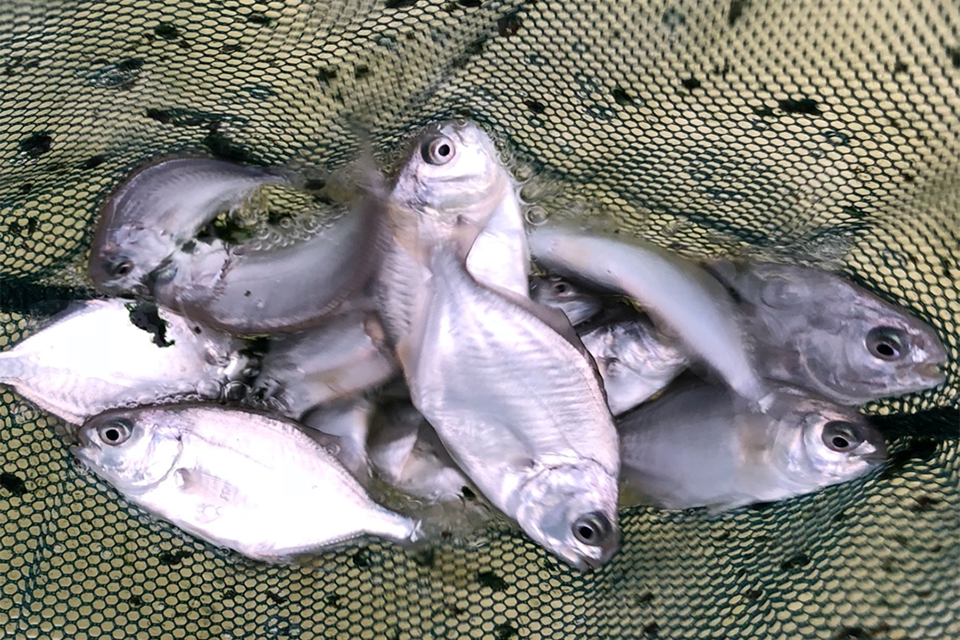
Production of Florida pompano (Trachinotus carolinus) in the United States began in the early 1960s, with commercial farming and research in ponds. In recent years, intensive recirculating aquaculture systems and cages have been used to produce pompano to market-size year-round. Florida pompano aquaculture has significant potential albeit commercial production seems to rise and fall.
The species has multiple desirable characteristics for aquaculture. First, they can reach market size (1–1.5 lbs.; 454–680 grams) relatively fast, within about one year under optimal culture conditions, and are tolerant of a wide range of salinities. In addition, Florida pompano accept pelleted feeds that have low levels of, or are completely devoid of fishmeal, with the addition of other animal and plant protein sources. Therefore, this species, along with other pompano species, are garnering more attention in mariculture production.
The feed is one of the, if not the top, primary variable costs in food fish production, and protein is one of the principal costs when formulating a feed. Therefore, it is critical that formulated feed is optimized. It is easier to talk about protein, but we need to view these feeds in terms of their amino acids’ composition, as that is what truly determines fish growth. Of particular interest are the essential amino acids, which cannot be synthesized in animals in sufficient quantities to support maximum growth, and therefore they need to be provided in the animal’s diet.
To improve fish feeds, we need to make sure our nutrient requirement data are as accurate as possible, which means we need either species-specific requirements or those of a similar species. Both the Florida pompano and golden pompano are commercially produced, yet for neither we have adequate information regarding amino acid requirements.
Essential amino acid deficiency in fish results in poor growth and diet utilization, as well as economic inefficiencies because of the relevance of feed cost. Methionine and lysine are typically considered the first limiting amino acids but in marine fish taurine is often limited in practical feed formulations. The dietary requirements for taurine and a reasonable estimate for methionine have both been defined but lysine has not. Dietary lysine supplementation in fish feed formulations can improve growth, increase survival rates, and is one solution to fin rot. Lysine must be provided in sufficient quantities in fish feeds for optimal growth and survival. In addition, lysine supplementation enhances protein deposition in the body and fillet quality of fish.
Hence, the research results we present here are built on previous projects to determine the minimum lysine requirement in diets for Florida pompano aquaculture. More information about this research can be found in the publication titled “Quantitative lysine requirement for juvenile Florida pompano, Trachinotus carolinus fed plant-based diets.”
Study setup
In this work, eight experimental diets were evaluated; the diets had increasing lysine inclusion levels ranging from 1.42–2.43 percent (dry weight). Florida pompano fingerlings were obtained from Aquaco Farms (Vero Beach, FL, USA), transported to the Claude Peteet Mariculture Center (CPMC) in Gulf Shores, AL, USA and stocked into a semi-closed recirculating system with thirty-six 750-liter circular polyethylene tanks. Fish were fed to apparent satiation with a commercial starter diet until they reached appropriate size to begin the growth trial.
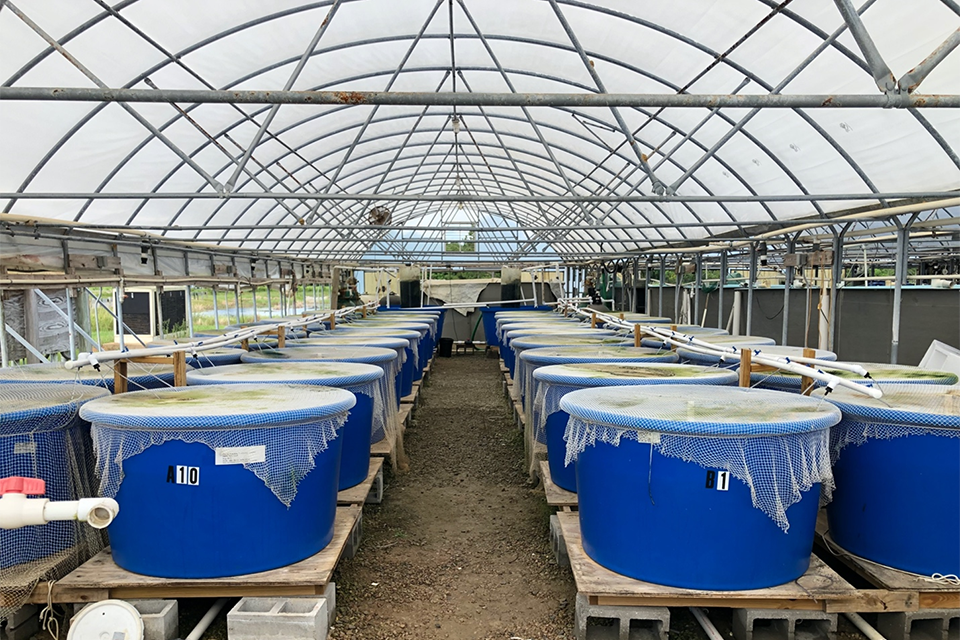
At the start of the growth trial, 20 fish were stocked and assigned to quadruplicate tanks. Feed was offered four times per day (0700, 1100, 1500 and 1900 h) and the daily ration was adjusted to apparent satiation weekly throughout the trial. Mean final weight, thermal growth coefficient (TGC; a widely used formula for predicting fish growth because it adjusts for both seawater temperature and size of fish), percent weight gain (PWG), protein retention efficiency (PRE) and lysine retention efficiency (LRE) were all fitted against analyzed dietary lysine levels (percent dry weight) using five regression models to estimate the quantitative lysine requirement.
Thermal growth coefficient was calculated as: 100 * [FBW1/3 − IBW1/3 / ∑D*T], where FBW and IBW are the final and initial body weights in grams, D is number of days and T is the overall average water temperature in degrees Celsius. Protein and lysine retention efficiency was calculated as: (nutrient gained (g) / nutrient fed)*100.
Results and discussion
Based on results of this trial, we observed a dose response and plateau in growth as lysine was increased. We concluded that a minimum lysine requirement of 1.67 percent of the diet on a dry weight basis is recommended for aquaculture feeds containing 40 percent protein and used for culture of Florida pompano.
Mean final weight, TGC, and PWG indicated significant differences from the basal diet compared to the experimental diets. Fish fed the basal diet performed poorly compared to fish that were reared on the remaining diets (Table 1). There was an observed plateau in the growth of Florida pompano after the dietary lysine level reached 1.57 percent dry weight. Lysine deficiency, which was displayed in the basal diet, resulted in slow growth and reduced feed intake.
Rhodes, pompano, Table 1
| Analyzed Lysine (% dry weight) | Final mean weight (g) | Percent weight gain (%) | Thermal growth coefficient |
|---|
Analyzed Lysine (% dry weight) | Final mean weight (g) | Percent weight gain (%) | Thermal growth coefficient | |||
|---|---|---|---|---|---|---|
| 1.42 | 33.43b | 156.53b | 0.0553b | |||
| 1.57 | 41.66a | 219.77a | 0.0713a | |||
| 1.69 | 41.91a | 221.21a | 0.0717a | |||
| 1.78 | 43.76a | 236.38a | 0.0751a | |||
| 1.93 | 43.55a | 234.68a | 0.0745a | |||
| 2.12 | 48.78a | 269.76a | 0.0826a | |||
| 2.2599999999999998 | 44.61a | 241.57a | 0.0763a | |||
| 2.4300000000000002 | 44.30a | 234.00a | 0.0749a | |||
| P-value | 4.4999999999999997E-3 | 8.9999999999999998E-4 | 6.9999999999999999E-4 |
Response of a fish to nutrient manipulations can follow a range of responses. Hence, the proper mathematical regression models have to be evaluated to predict the relationship between nutrient intake and the response. In terms of TGC, a saturation kinetic model provided the best results which was then used to quantify the dietary lysine requirement. This model shows a clear dose response, and it estimated that optimal growth is obtained with a dietary lysine requirement of 1.67 percent, based on dry weight (Fig. 1).
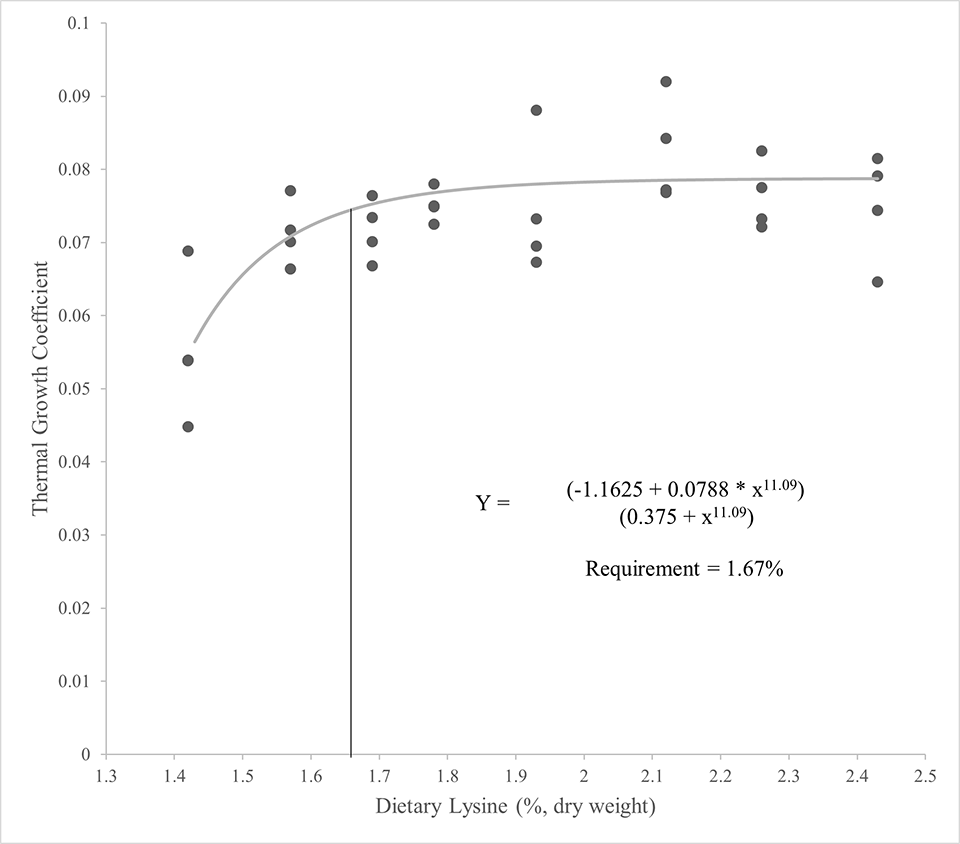
It is not only important to have animals that grow fast, but they should also utilize nutrients efficiently. In this work, significant differences were observed in the lysine analysis of the whole fish. Florida pompano fed diets containing 2.26 and 2.43 percent lysine contained significantly higher levels of lysine in their bodies compared to the fish reared on diets containing 1.42 and 1.57 percent lysine. This resulted in shifts in lysine retention efficiency which increased as lysine was supplemented to the diet. Then around 1.61 percent dietary lysine, the lysine retention efficiency decreased over the remaining experimental diets which is indicative of a two-slope response model (Fig. 2). This figure demonstrates that lysine is inefficiently utilized when below the requirement and then decreases when lysine is supplemented in excess of the diet as other nutrients are limiting growth. Thus, an excess of lysine in Florida pompano feed formulations is unnecessary and cost-inefficient.

Perspectives
We believe our results from this research work could truly benefit the mariculture production sector. The reason is that this research utilized plant protein sources, which comprised a majority of the protein percentage in the diets. Plant proteins such as soybean meal are being used heavily in aquaculture feed production and plant proteins have lower levels of lysine compared to their counterparts in animal proteins. Therefore, it is of utmost importance to quantify essential amino acids such as lysine in commercial diets composed of plant proteins and our research checked all of the boxes in these criteria.
Moving forward, numerous essential amino acid requirements need to be evaluated in Florida pompano feed formulations to continue to move toward the direction of more cost-efficient feeds.
Now that you've reached the end of the article ...
… please consider supporting GSA’s mission to advance responsible seafood practices through education, advocacy and third-party assurances. The Advocate aims to document the evolution of responsible seafood practices and share the expansive knowledge of our vast network of contributors.
By becoming a Global Seafood Alliance member, you’re ensuring that all of the pre-competitive work we do through member benefits, resources and events can continue. Individual membership costs just $50 a year.
Not a GSA member? Join us.
Authors
-

William Stites
Auburn University, School of Fisheries, Aquaculture and Aquatic Sciences
203 Swingle Hall
Auburn AL 36849-5419 USA -

Alexis Weldon, M.S.
Auburn University, School of Fisheries, Aquaculture and Aquatic Sciences
203 Swingle Hall
Auburn AL 36849-5419 USA -

Joao Reis, M.S.
Auburn University, School of Fisheries, Aquaculture and Aquatic Sciences
203 Swingle Hall
Auburn AL 36849-5419 USA -

Samuel Walsh
Auburn University, School of Fisheries, Aquaculture and Aquatic Sciences
203 Swingle Hall
Auburn AL 36849-5419 USA -
Robert Davis
Auburn University, School of Fisheries, Aquaculture and Aquatic Sciences
203 Swingle Hall
Auburn AL 36849-5419 USA -
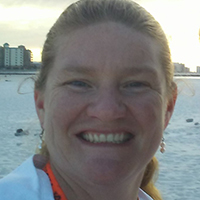
Melanie A. Rhodes
Corresponding author
Auburn University, School of Fisheries, Aquaculture and Aquatic Sciences
203 Swingle Hall
Auburn AL 36849-5419 USA -
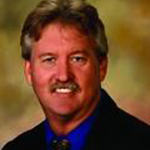
D. Allen Davis, Ph.D.
Alumni Professor
Auburn University, School of Fisheries, Aquaculture and Aquatic Sciences
203 Swingle Hall
Auburn AL 36849-5419 USA



